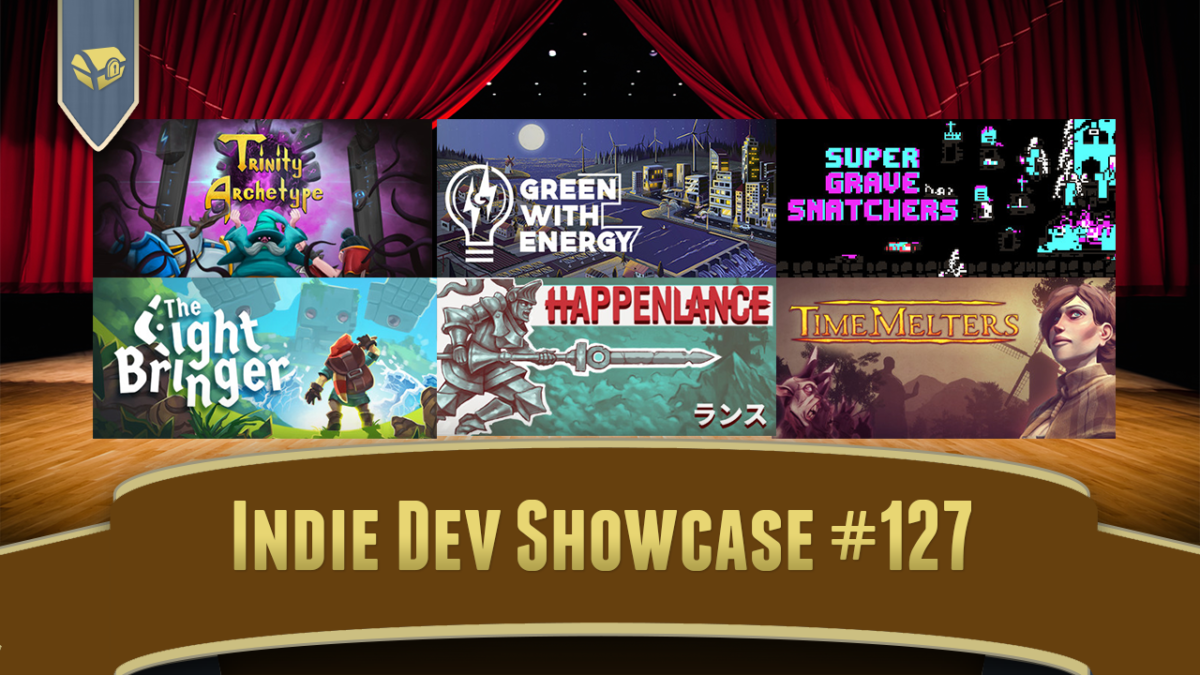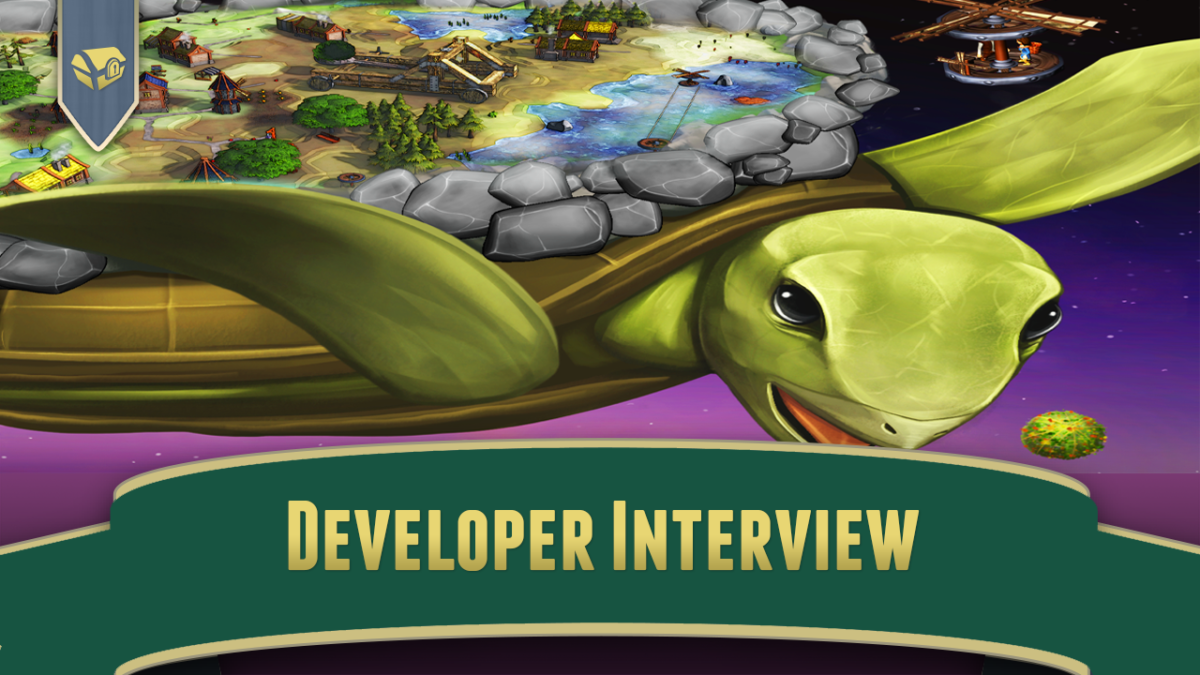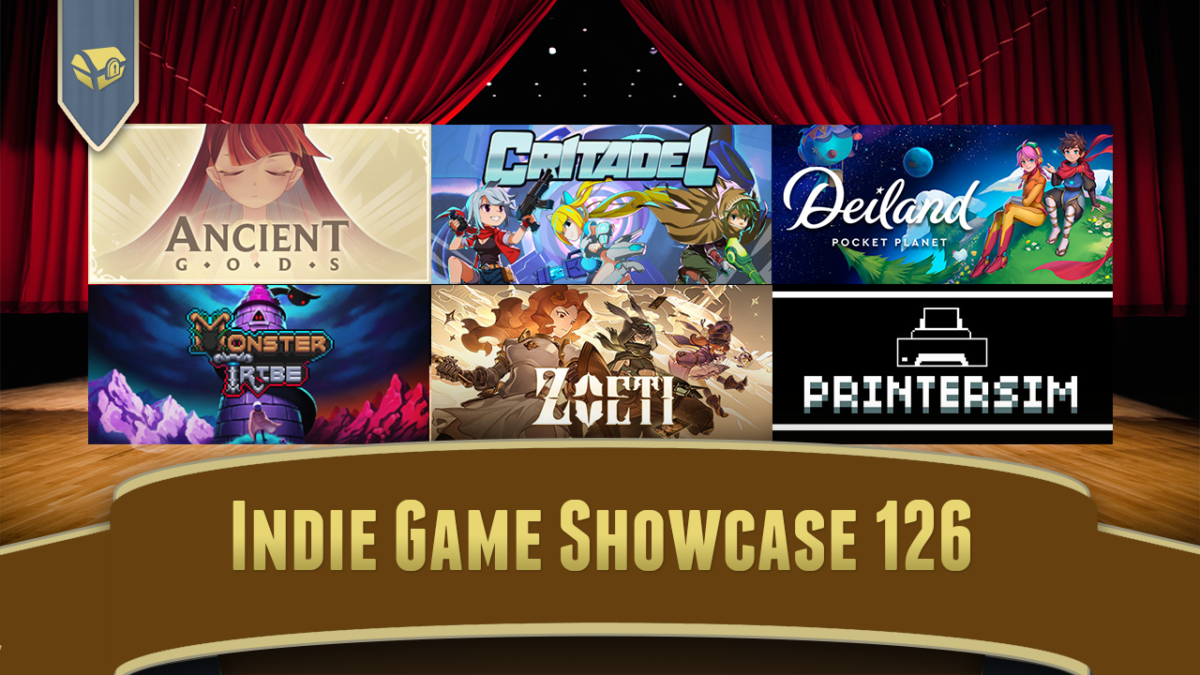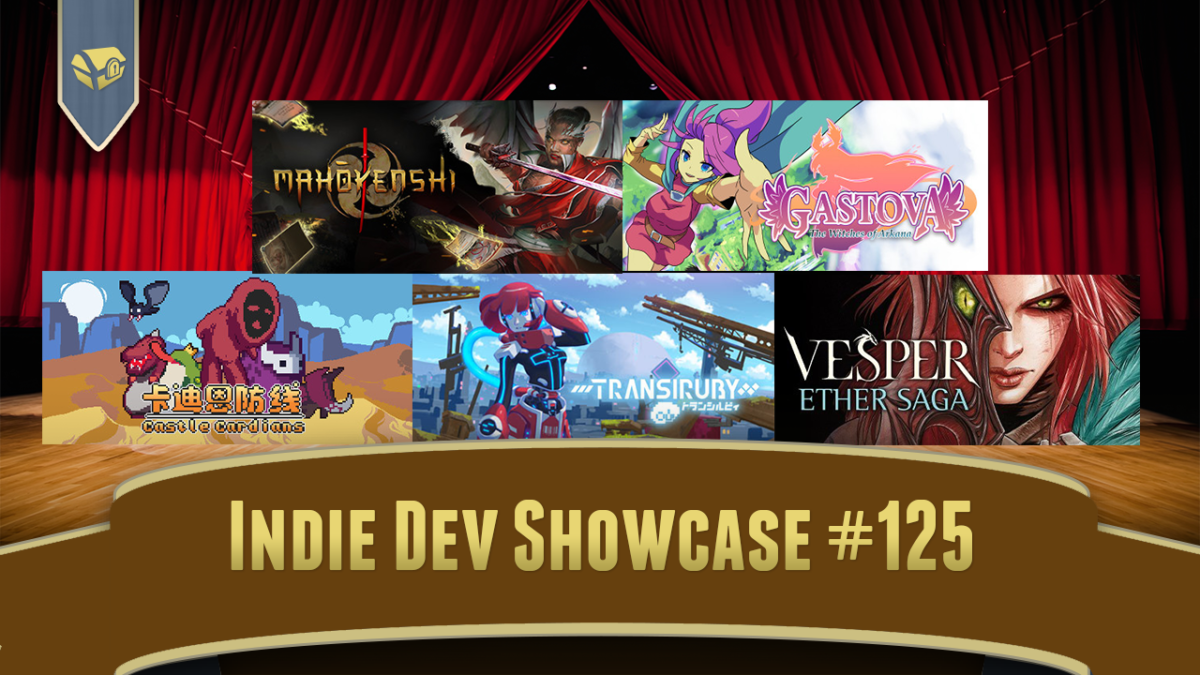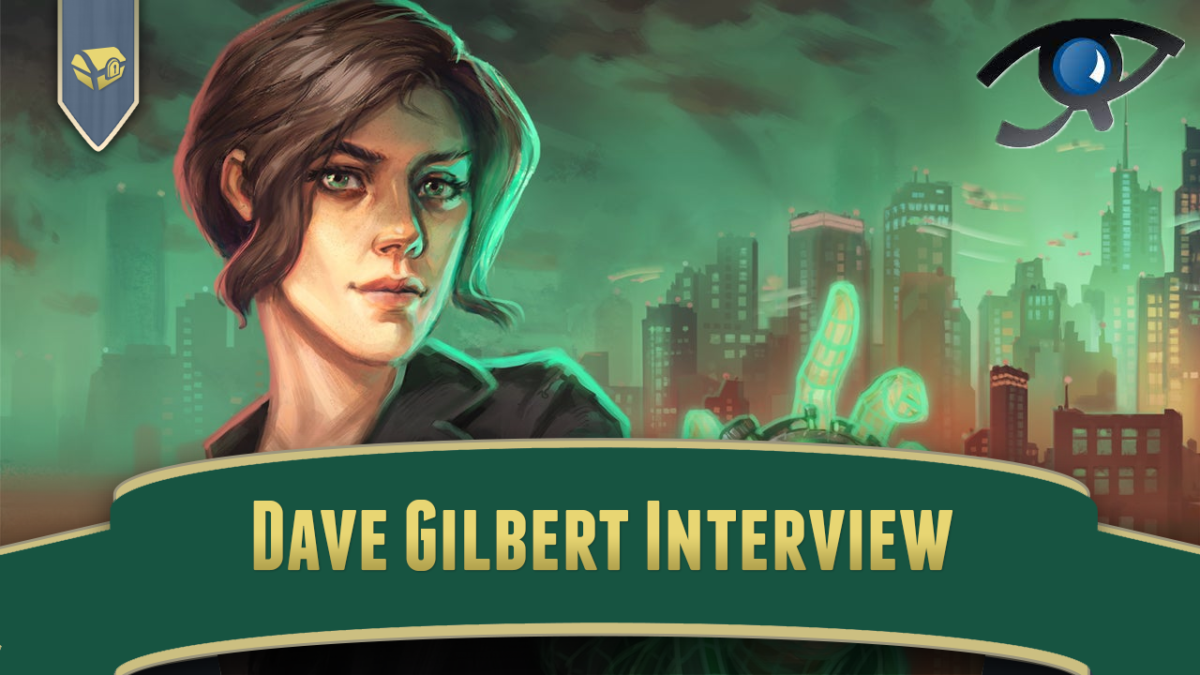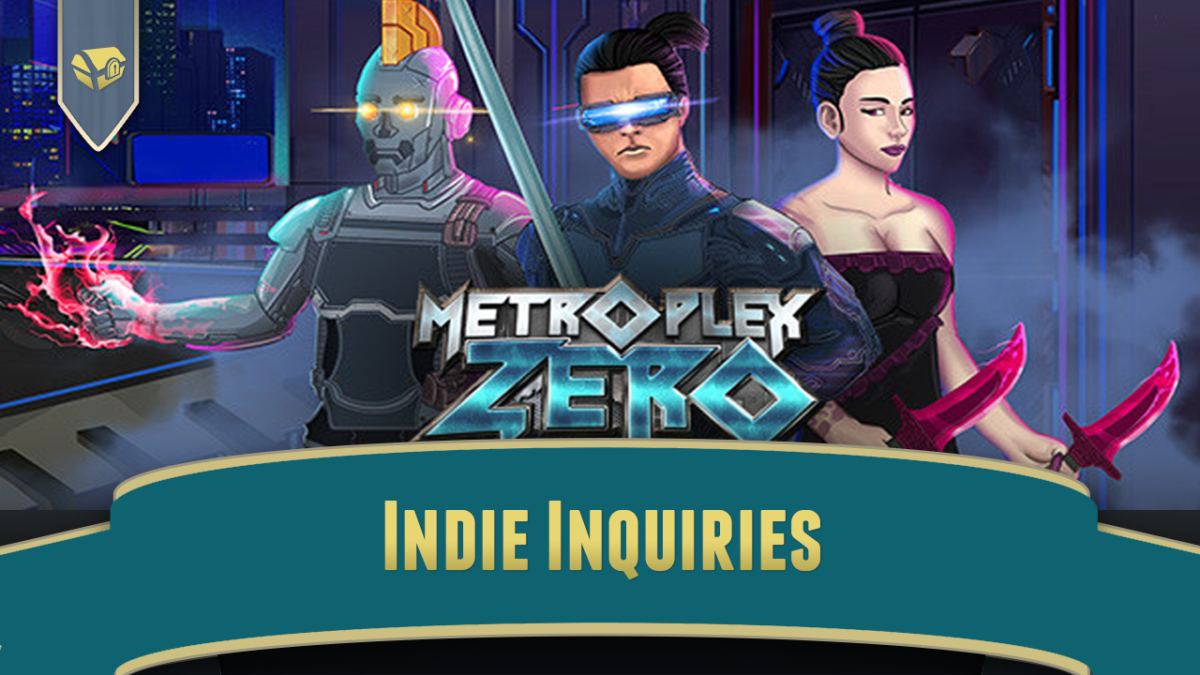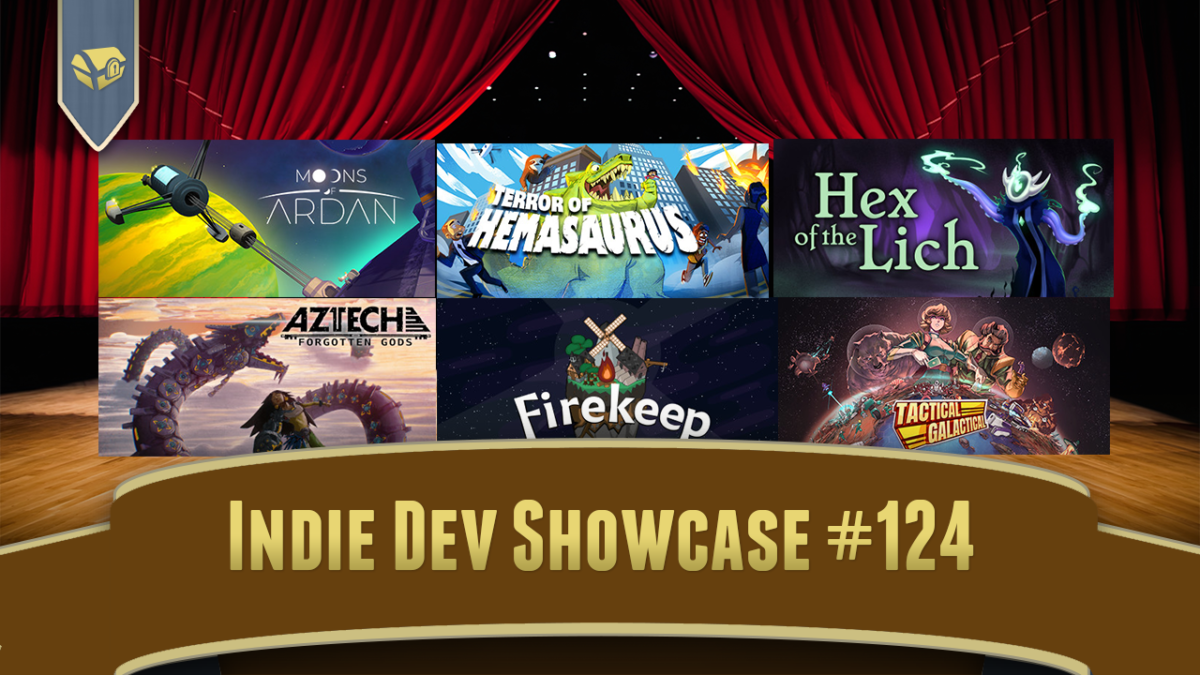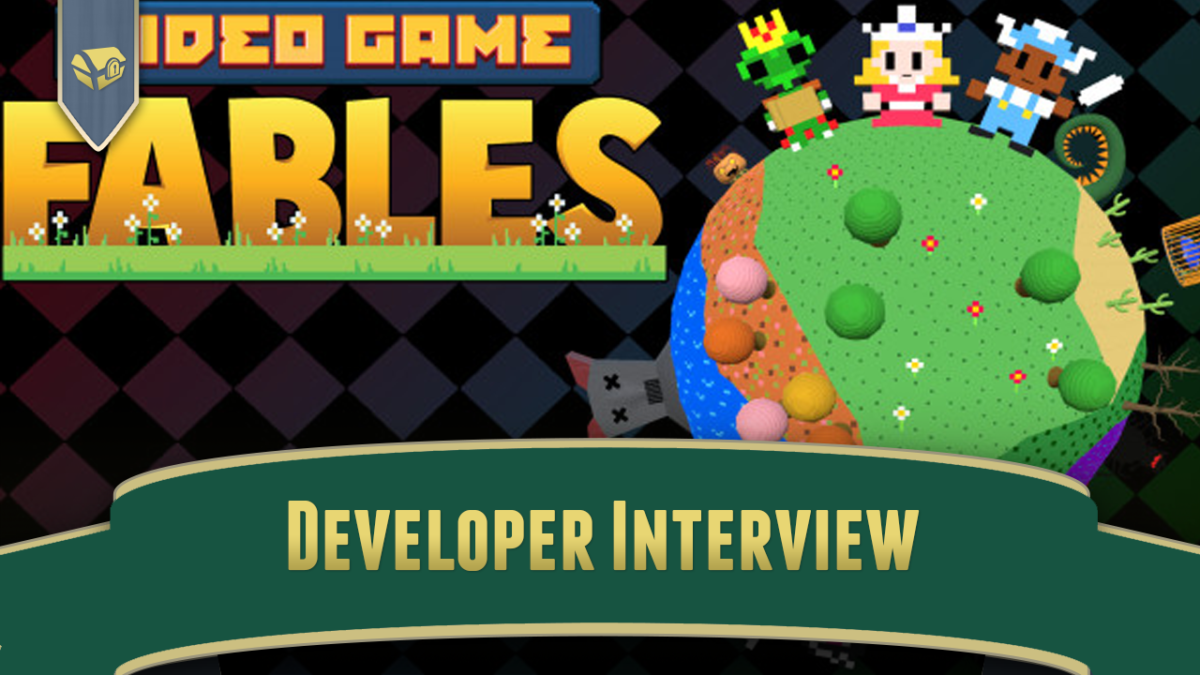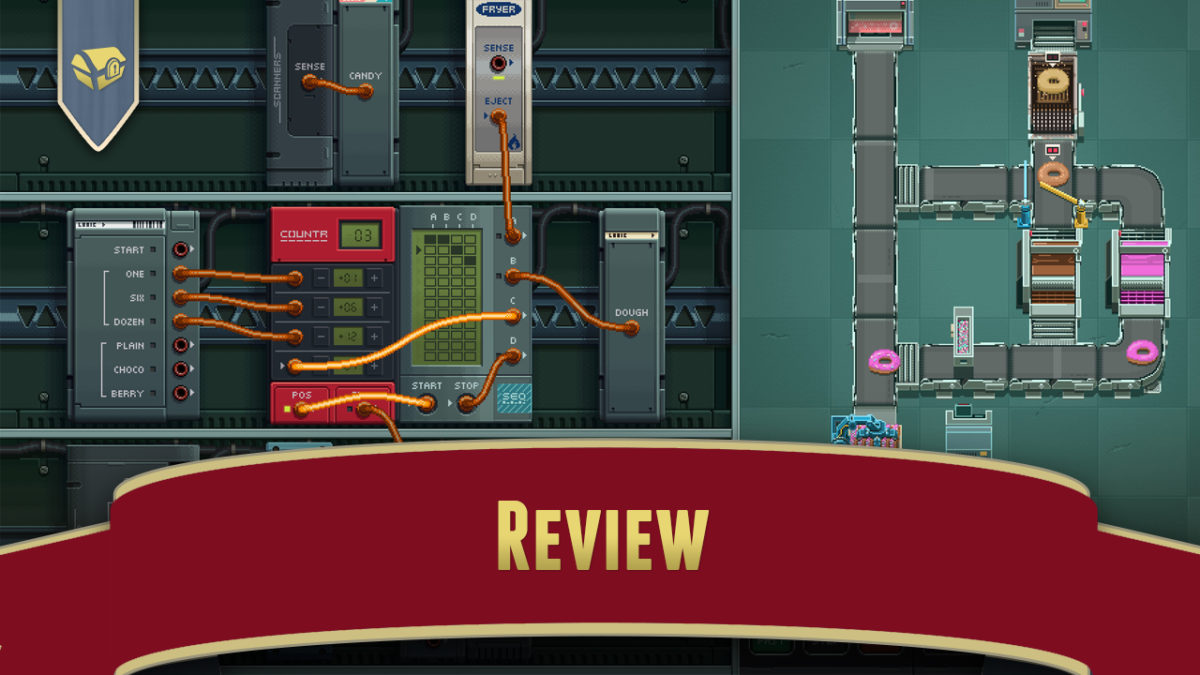The always great Indie Retro News mentions, from Pretzel Logic, a Commodore port of one of the best Odyssey 2 games, K.C. Munchkin (itch.io, $0)!
Why is this interesting? The machinations of the old old days of video games are so easily forgotten now. K.C. Munchkin was a big seller for the underdog in the second-generation video game sweepstakes, but was taken off the market by court order way back then for being too similar to Pac-Man. Although Magnavox managed to come back a bit with sequel K.C.’s Krazy Chase, they remained a distant third in the market.
The C64 version has multiple modes, including a random maze mode and editor like the original, also has an arcade mode with 96 mazes!

